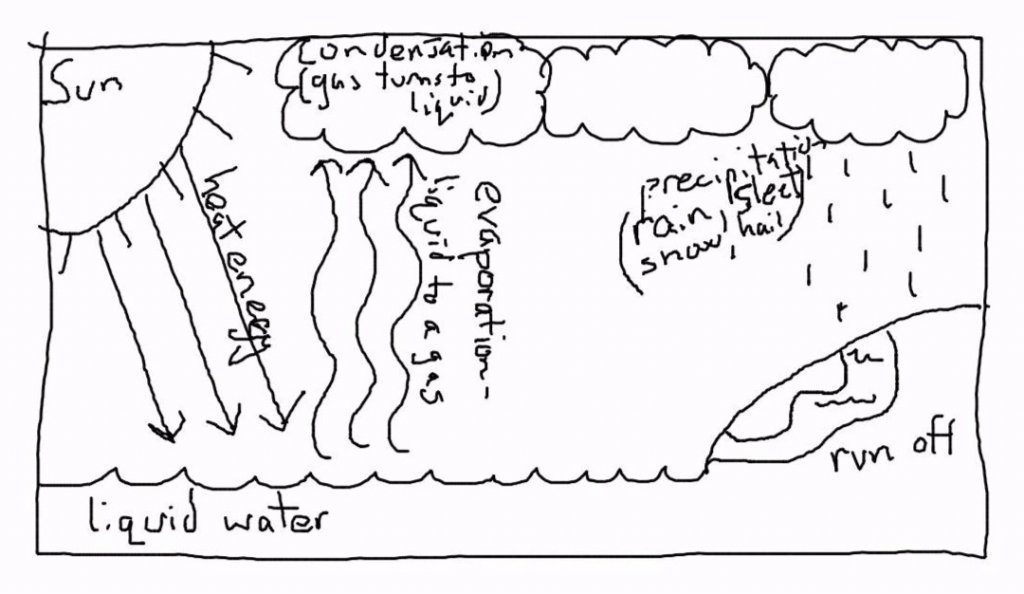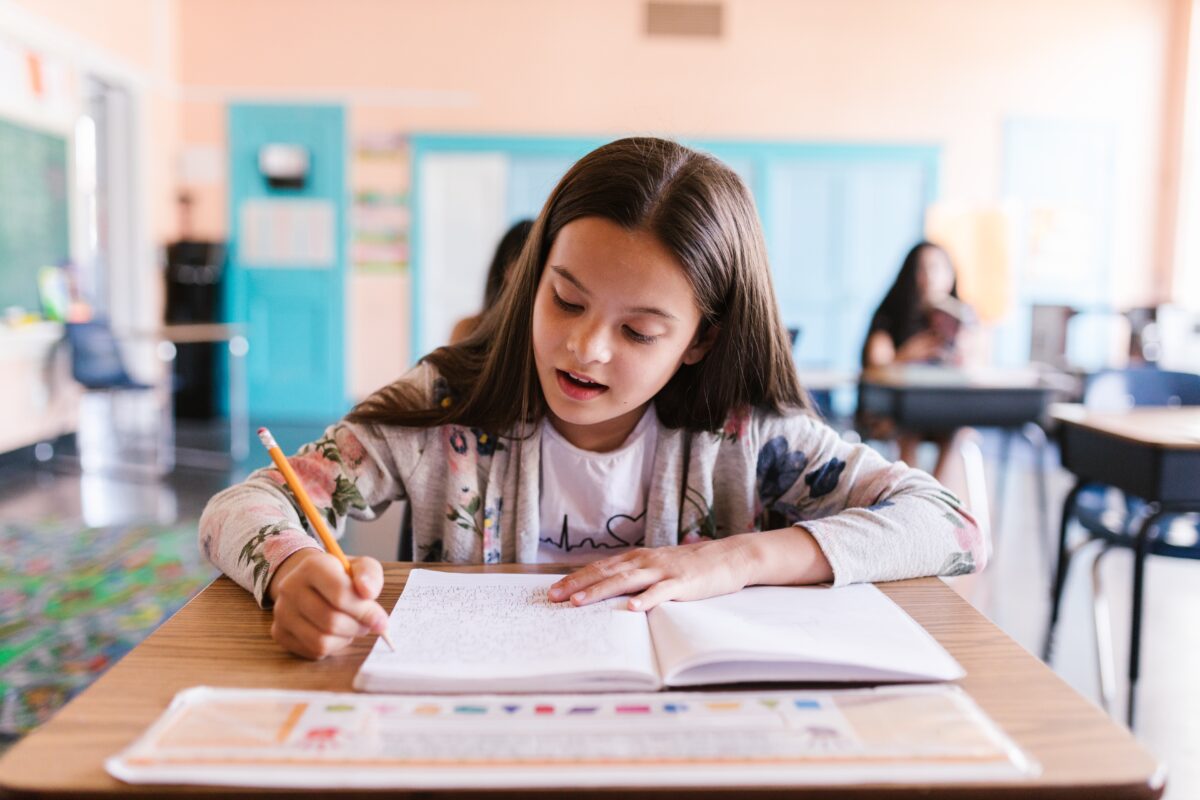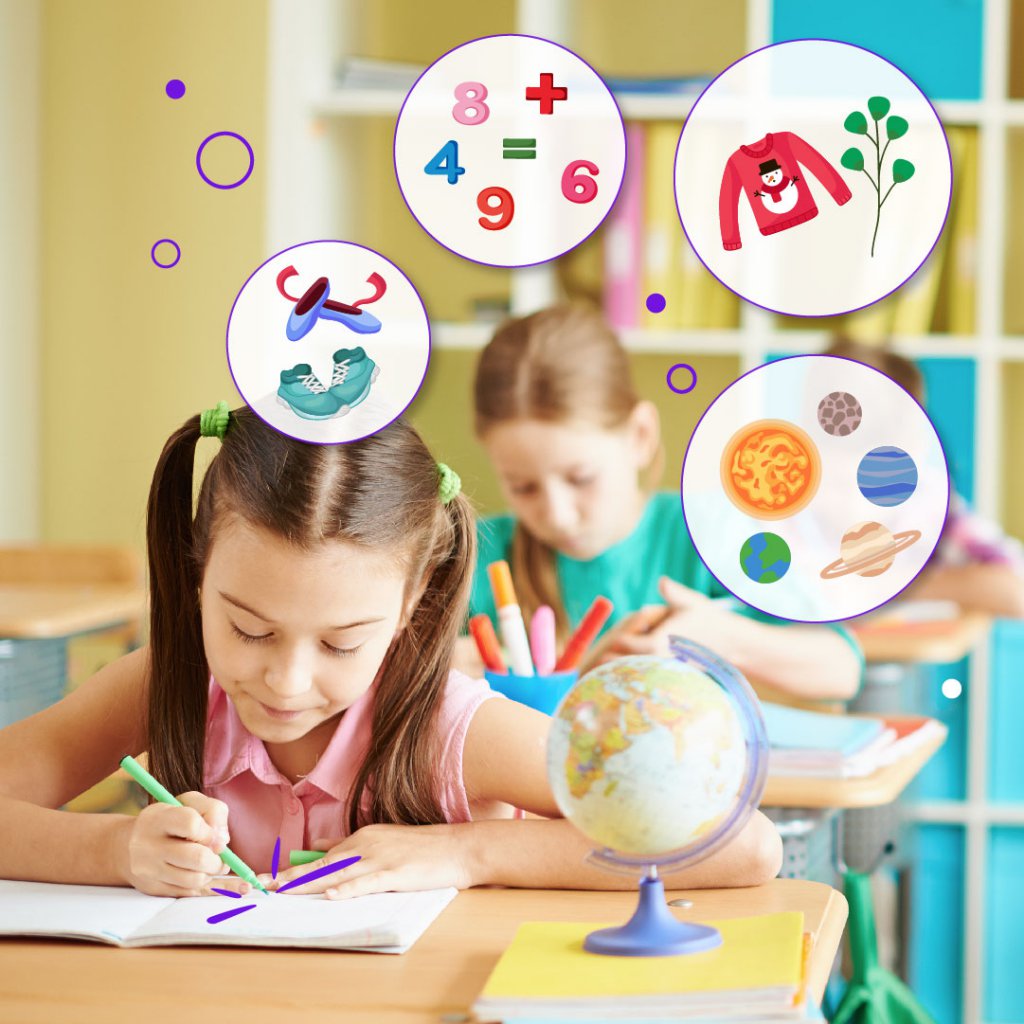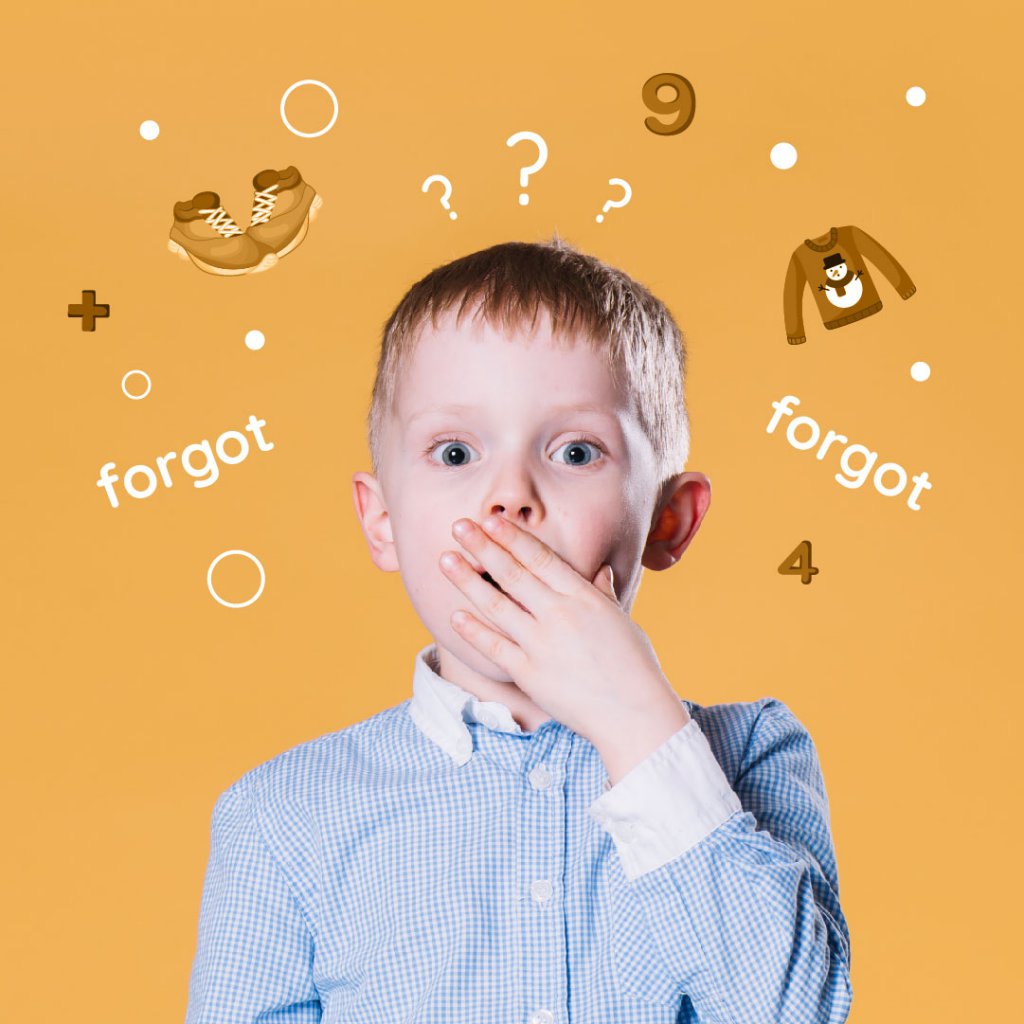“A red sweater with green flowers for the school Christmas play, this week’s math assignment, solar system model and your ballet, as well as running shoes – remember to bring them all tomorrow. No excuses!”
Kids are likely to forget things that have little or no value to them and need memory games for memory enhancement. So, it’s unlikely that they’ll remember to bring the green sweater with red flowers.
Errrmm…we meant a red sweater with green flowers. Sorry!
See, that’s exactly why it’s time to grab a paper and a pencil and start drawing!
What do you think will help your kids remember better?
The long list of things-to-remember or the simple drawing they drew?
According to research conducted by the Department of Psychology, University of Waterloo, drawing boosts our ability to remember information. Unlike listening to a lecture or viewing an image—activities in which students passively absorb information—drawing is active.
So what are you waiting for? There are several ways teachers and parents can incorporate drawing to enrich learning.
1. Help them associate objects with memories
Do your kids remember the things they were supposed to bring to school only when they see…..you?
Clearly, they’re associating their memories with an object.
Associative memory is the ability to learn and remember the relationship between two things which are not related.
How can you implement this? Make kids draw a picture of any object they see or use every day at home – like a television or a lamp. So, when they go home and look at the object – pop! They associate the object with you and thus, remember the things they were asked to bring.
The quality of one’s associative memory plays a considerable role in the quality of life, mental health, and overall well being.
2. Learning pronunciations using drawings
Drawing forces students to dissect what they learn and reconstruct it in a way that makes sense to them.
Is carousel pronounced as karr-uh-sell or karr-au-sell?
How can you implement this? Make kids select a word or part of a word that has the same sound as the word whose pronunciation they’re trying to remember.
Ex: A caravan for the ‘karr-uh’ phonetic and a dollar bill to refer to the act of buying and ‘sell’-ing.
3. Draw to remember learning concepts
Encourage kids to switch to drawing instead of taking notes.
How can you implement this? One side of their notebooks can be used for written notes and the other for flowchart, pie-chart or simply an image that assists them in better understanding the process of photosynthesis or the water cycle.

We used to make diagrams too but how much do we remember? The key here is to not copy a diagram from the textbook but draw it.
Drawing is therefore considered superior to activities such as reading or writing because it forces us to process information in multiple ways: visually, kinesthetically, and semantically.
Although, at first it may seem time-consuming, remember that kids are on a path of strengthening their memory and hence, understanding of concepts.




